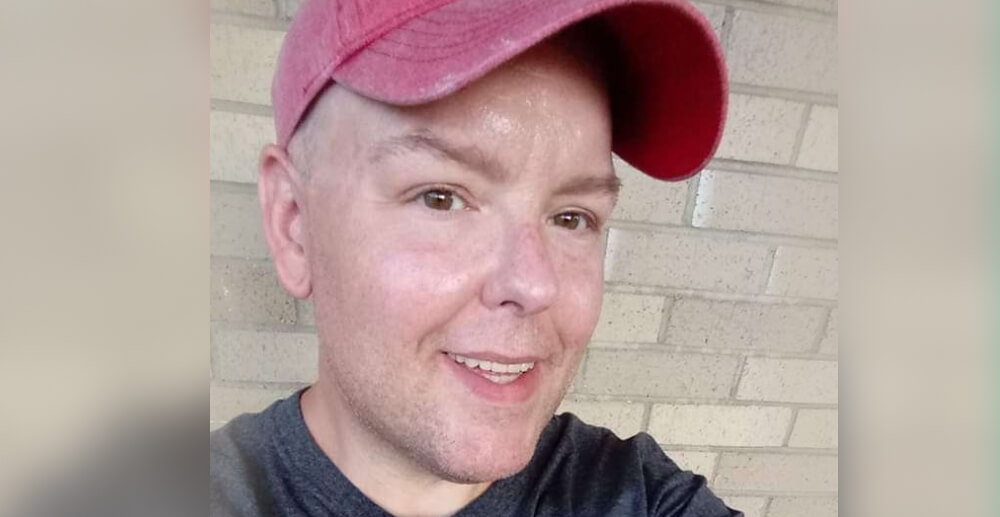What is involved in a Suboxone treatment plan, and what can you expect from your care team?
There are many articles that describe what Suboxone (buprenorphine/naloxone) is and how it could help you. But there are seldom sources that describe the process of beginning and continuing medication-assisted treatment to recover from opioid addiction.
There are many questions might have before beginning Suboxone. What should I consider before beginning treatment? How do I even begin this type of medication? What dosage do I take? This article will help explain what a Suboxone treatment plan actually looks like and what to expect.
Basics to consider before beginning Suboxone treatment
There are three main points to think about before beginning Suboxone treatment:
- The last time you used
- The type of opioid you used (whether it be opioids that last a long or short amount of time)
- Long-Acting Opioid Dependence: Some longer-acting opioids, like fentanyl or methadone, require a slower lowering of the dose before Suboxone treatment can begin. It’s best to let your medical care team know exactly what you’re using, and how much. They may want to see you for a consult before starting your Suboxone.
- Short-Acting Opioid Dependence: When using shorter-acting opioids like heroin, Suboxone treatment can begin once you’ve stopped using for 12 hours.
- And your degree of opioid dependence
These are all things to keep in mind in order to fully understand the path that you have ahead now that you’re trying to kick your addiction. Suboxone, and all buprenorphine medication, should only be taken once moderate signs of withdrawal appear. They’re here as a tool to help you wean off of opioids and minimize cravings, so it’s good to understand if this is a viable option for you and your recovery process.
Induction Phase: What to expect when starting Suboxone
Once you and your physician decide that Suboxone treatment is the way to go, the first two days are used for induction into the medication. Induction is a fancy way of saying beginning. Your initial dose will be somewhere between 2 mg and 4 mg (this is the amount of medication in the tablet). After this initial dose, under supervision, there could be incremental increases of additional doses up to 8 mg of Suboxone. The initial dose and the amount of dosage afterwards is really dependent on the withdrawal symptoms you are experiencing. It is usually recommended that you do not partake in any work during this first day.
At Workit Health, we do a home induction, where you see how exactly you are feeling off of the opioids you were taking, and then choose whether or not to take another dose of Suboxone. This gives you the freedom to avoid any discomfort during your first office visit. Many other offices require an in-office induction, meaning you have to be in withdrawal from opioids at your first visit and take your first dose of Suboxone with the medical care team standing by. Check in with your doctor or clinic and see what they recommend, and how far in advanced (if at all) they’d like you to quit using opioids before your appointment.
After your first day, there will typically be a second day of induction, or slowly increasing your dosage to where you feel comfortable. This varies from patient to patient.
Maintenance phase: What to expect in long-term Suboxone treatment
After the induction phase is complete, the maintenance phase of Suboxone treatment begins. This phase is where you slowly, but surely begin to end your dependence on opioids. Starting from day 3 of your Suboxone treatment plan, your dosage of Suboxone will either gradually increase or decrease depending on how well you are responding to treatment and the opioid withdrawal symptoms you are experiencing. After your treatment has become stabilized, you will probably be taking a dosage somewhere between 4 mg to 24 mg of Suboxone per day. Again, this depends on your own response to the medication. Everyone is different and there is no right or wrong dose. It’s up to you and your medical care team.
The average daily dose of Suboxone during the maintenance period is about 16 mg. By day 5, you will begin to start feeling ‘normal’ once again. Normal in this context means how you felt before you became addicted to opioids. Around week 2, patients begin the ‘honeymoon’ stage of recovery. This is because you begin to feel as if you’ve gotten your life back, and have a newfound sense of hope. However, make sure to keep taking your prescription everyday, and at the time you and your physician have agreed upon. Make sure to keep attending your appointments and don’t give up on counseling or community support!
What are the benefits of long-term Suboxone treatment?
Ongoing support: A final part of your Suboxone treatment plan
Medication is a major, important aspect of recovery from opioid use disorder. But there are other supports available. Behavioral health support can help you explore the root causes and conditions that drove you to use opioids, and to develop new coping tools. Healthy coping skills make it easier to take care of yourself in times of stress, making it less likely that you’ll turn to opioids in emotional crisis. Behavioral health support can help you to become more resilient in recovery. It can help you grow as a person and learn about yourself, and also help you work through anything you were masking with pain pills or heroin. There are many types of behavioral health support: recovery groups, one-on-one counseling, 12-step programs, peer coaching, etc.
Everyone’s Suboxone treatment plan is different, as is everyone’s decision to stop taking Suboxone. Studies have shown that long-term Suboxone treatment does have benefits. When you are close to stopping the treatment, your care team will slowly decrease your dosage over time to minimize the withdrawal symptoms you may experience. Make sure you talk to your physician before deciding to end your treatment.
Struggling with addiction can feel like facing a brick wall, so it’s good to know that there is a solution that can help minimize withdrawal symptoms and cravings: a Suboxone treatment plan. Understanding what Suboxone treatment looks like can help you go into your first appointment prepared. Write down any questions or concerns you might have about Suboxone treatment before your first appointment. Take a loved one with you if you’re worried about heading to your first appointment alone. And remember, you can do this. Addiction is tough, but you’re tougher.




